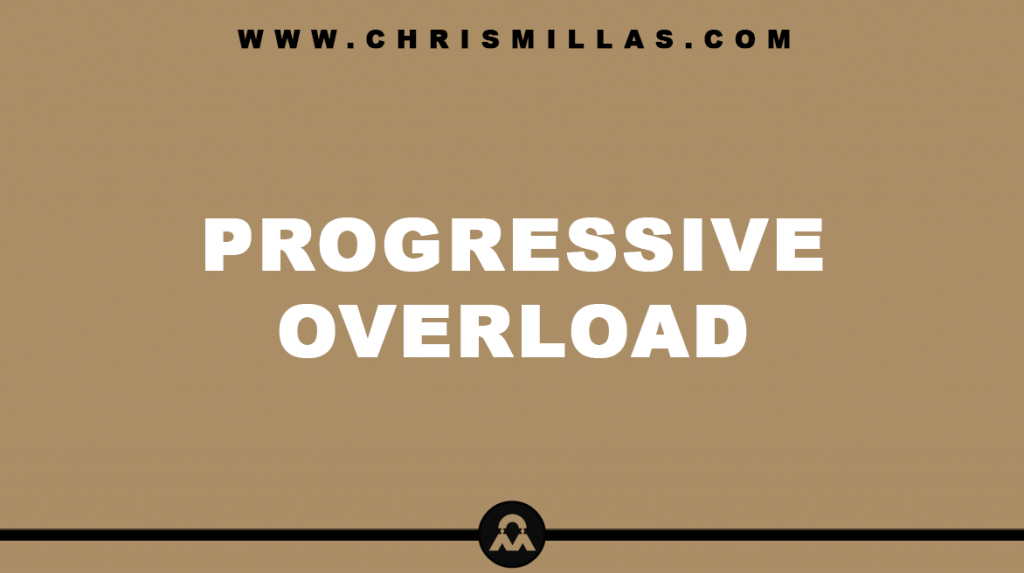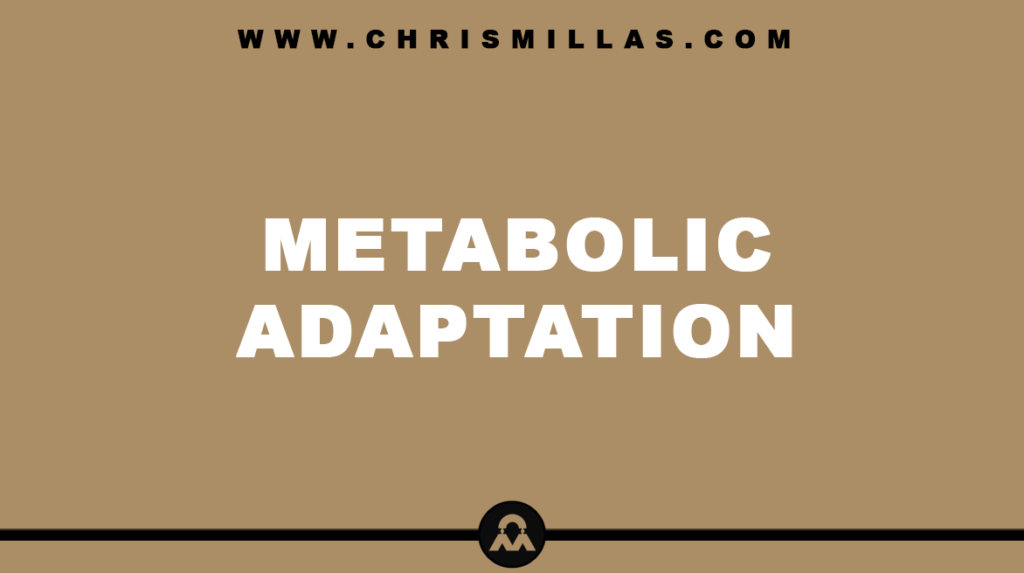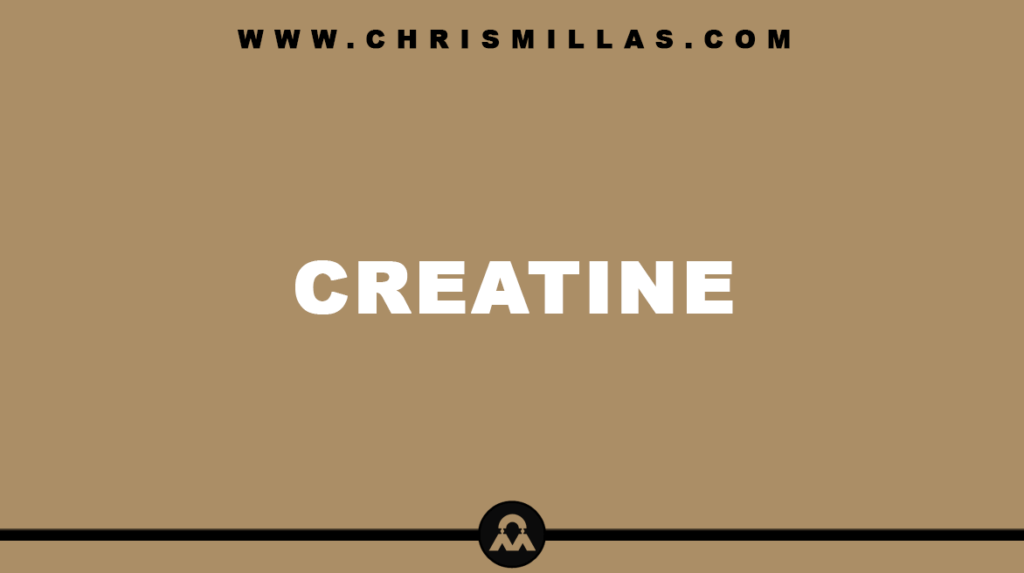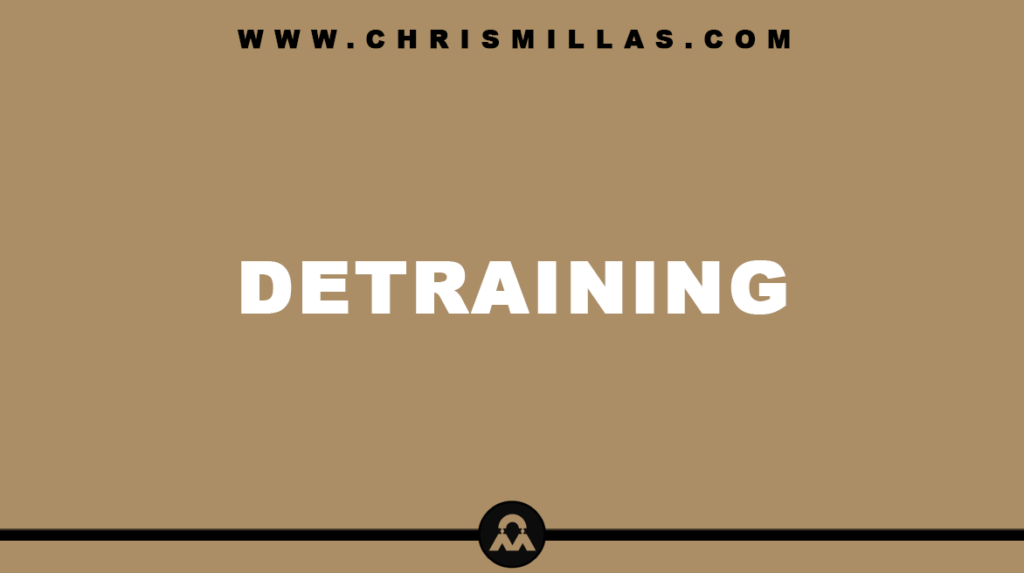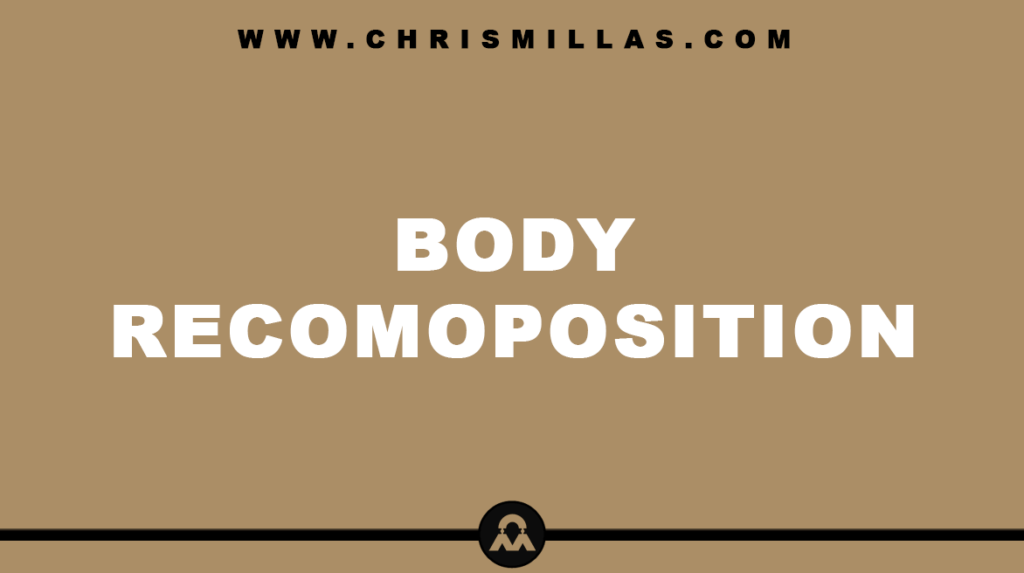In this post, we’ll unpack all you need to know about Progressive Overload, defining exactly what it is, the science behind how it works, how to leverage it and more.
What Is Progressive Overload?
Progressive Overload (PO) refers to the process of progressively increasing the demands placed on muscles in order to progressively increase the size and strength of them.
The Science Behind Progressive Overload
Muscles develop as a by-product of stress. However, as muscles grow, the threshold for triggering that stress increases.
Thus, when it comes to bodybuilding, it is essential to progressively place greater demands on muscles in order to continue generating the stress necessary for them to continue to increase in size and strength.
If the demands on muscles are not at least maintained or are in fact decreased, then the muscles will decrease in size and strength. In short, no pain, no gain.
In a study published in the European Journal of Applied Physiology, researchers found PO to be effective for increasing bicep strength and muscle growth in both men and women.
How To Leverage Progressive Overload
There are four primary factors that we can manipulate as a way to leverage PO. They are:
- Increasing Load ― This refers to the amount of weight.
- Increasing Volume ― This refers to the amount of reps and sets.
- Increasing Frequency ― This refers to the amount of workout sessions.
- Decreasing Rest Periods ― This refers to the amount of recovery time between sets.
Summary
Progressive Overload refers to the need to progressively increase the demands placed on muscles in order to progressively increase the size and strength of them.
The four factors that we can manipulate in order to leverage PO are increasing load of weight, increasing volume of reps and sets, increasing frequency of workout sessions and reducing rest periods between sets.
